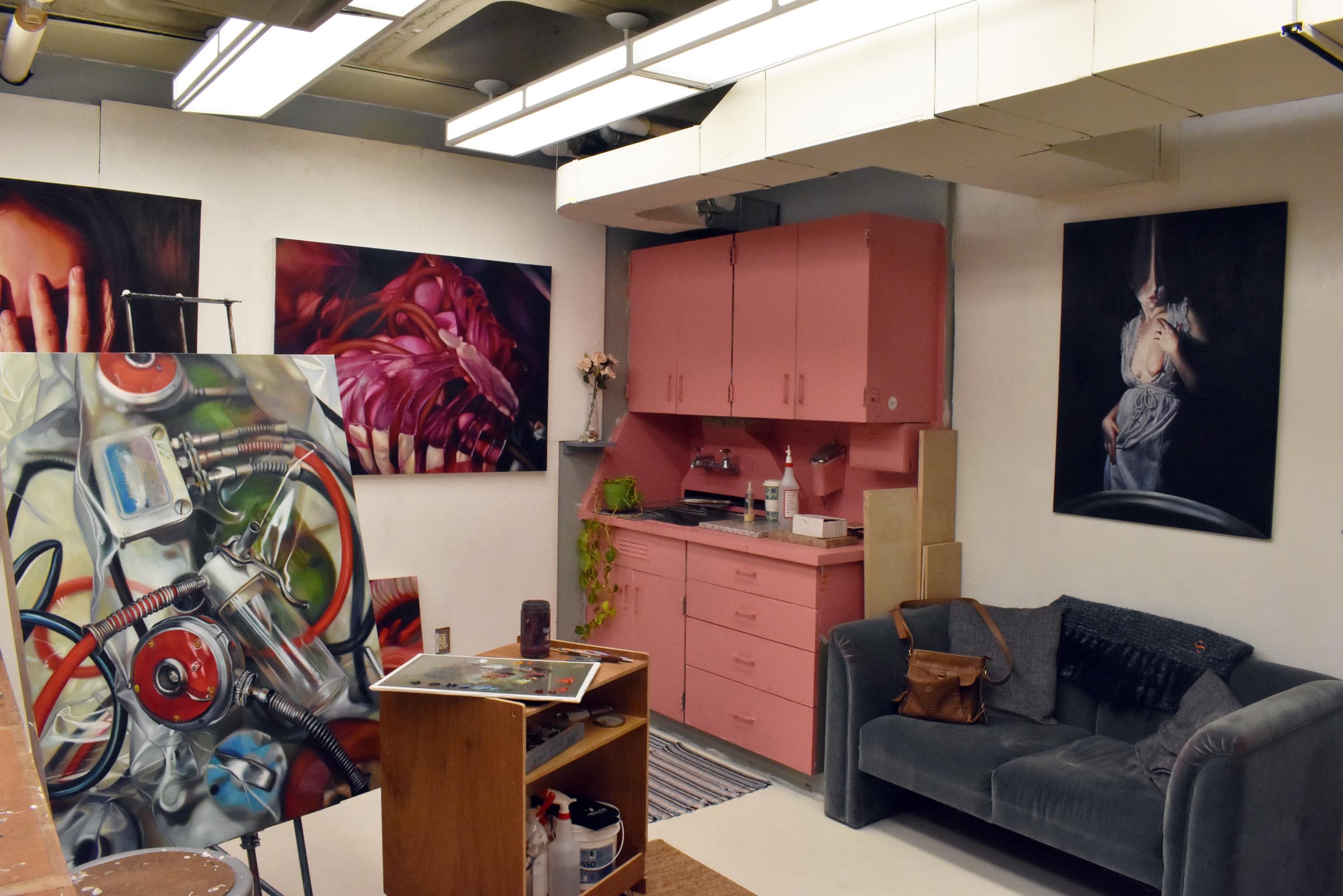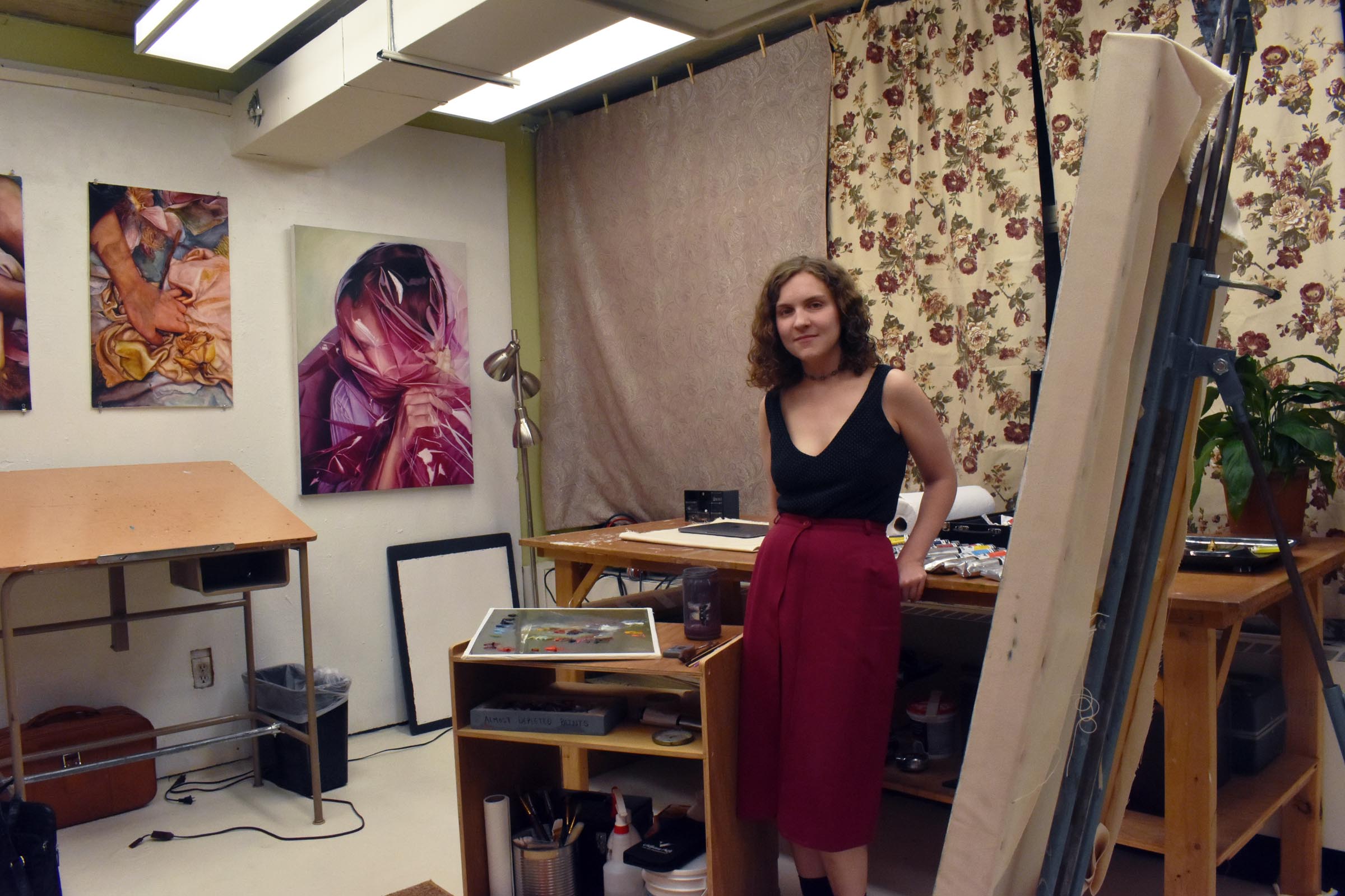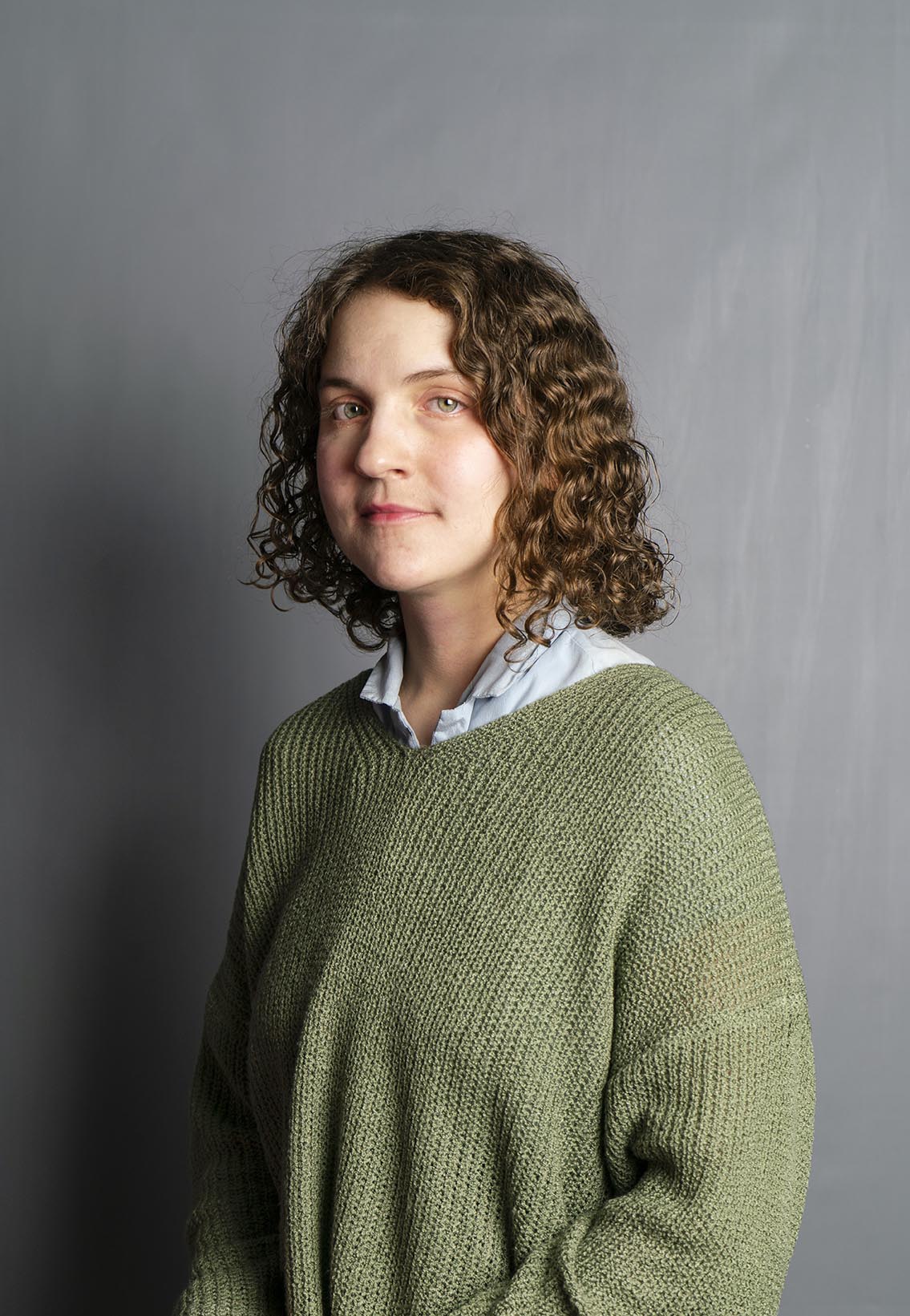
How did you get into making art?
Like many artists, I have been drawing my entire life. Initially, I did not like to paint which is ironic because that’s my whole life now. As a very young kid, I loved the immediacy and energy of drawing and wanted to be an animator or storyboard artist. I got into slower, more representational drawing when I started taking a sketch class at about age 9. In high school I had a wonderful art history teacher who solidified my choice to pursue an arts-related career. I first went to college for art history, but switched to a BFA because making art was much more important to me. I focused on colored pencil and watercolor and simply fell in love with color itself. Inevitably, I took oil painting classes as well as anatomical and figure drawing classes. I honestly hated oils until my last two years of undergrad – when I had another amazing professor. Since 2017, I have been working nearly exclusively in oils. I’m grateful for my education and how it has led me to pursue fine art. My goal now is to become a master in my craft and a professor so that I can teach others.

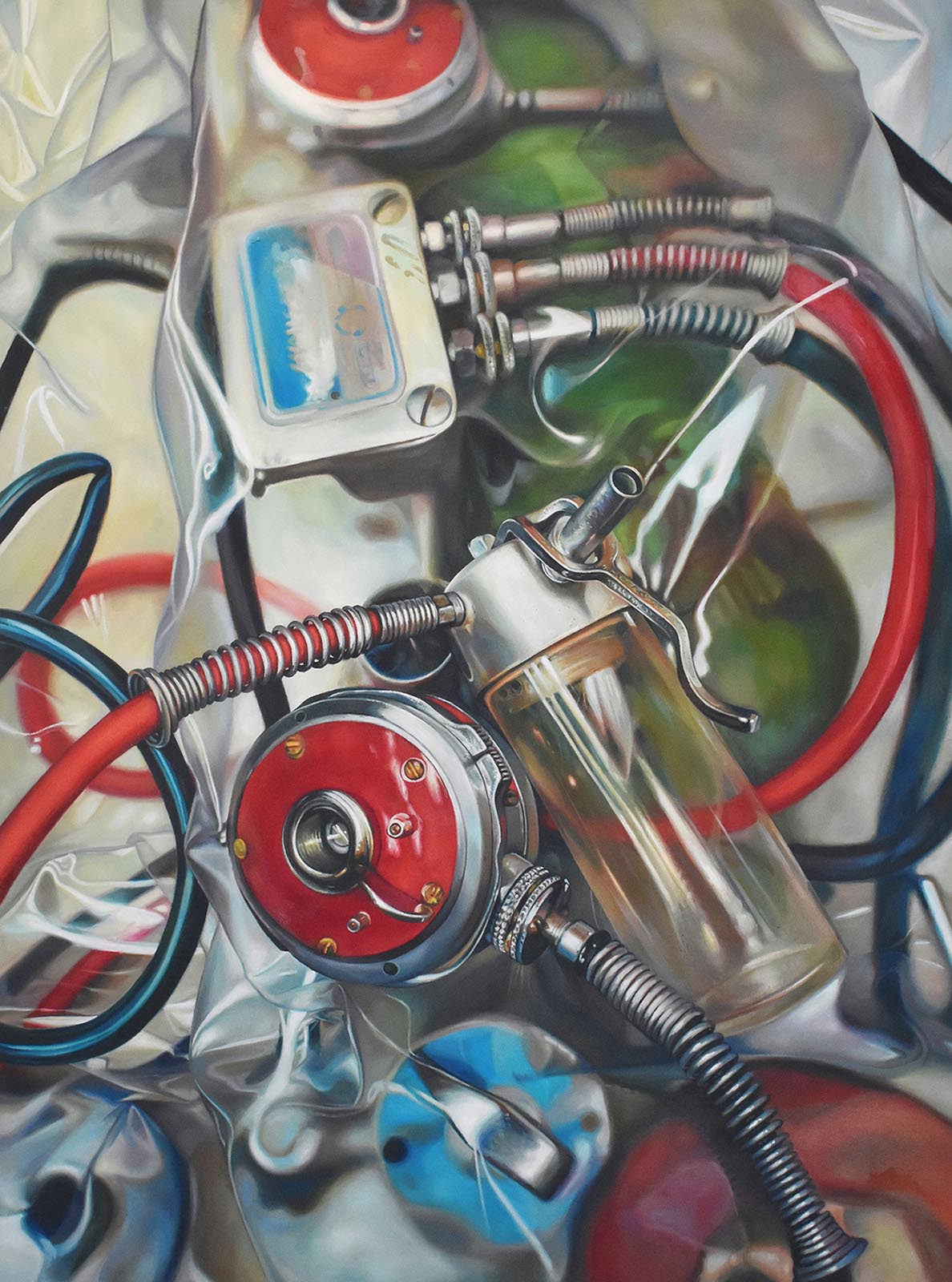
What are you currently working on?
As of now, I am a recent graduate student and have just completed my MFA thesis work. My thesis was a series of paintings centered on the human body’s relationship to technology; how it can be protected and preserved, but how it can also be distorted in more disturbing ways. Plastics and medical supplies were the types of objects I collected, photographed and painted from. I worked from uncomfortably close photos of figures and objects, familiar yet eerily distant. Now I’m starting a new body of work that is thematically linked but what I hope will be more complex visually and conceptually. I plan to incorporate more experimentation with framing scenes, layering imagery and referencing the “screen” more. Currently I am working on a still life painting of some glass lab equipment, which I sourced from a local surplus store. Distorted and behind this glassware will be several fake human faces, found from a website of ai generated portraits.
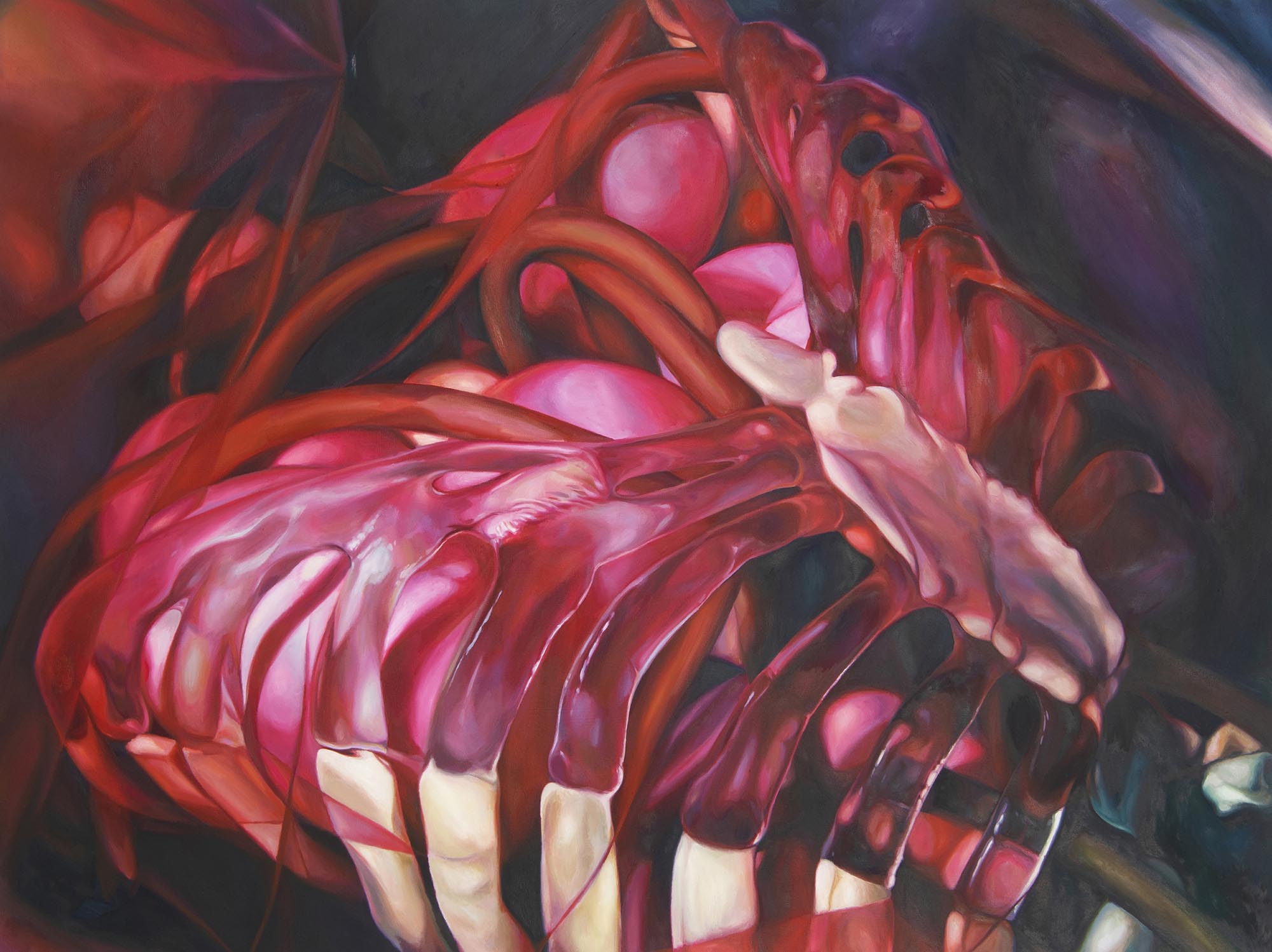
The body can be beautiful, disgusting, incredible and sometimes terrifying to look at.
Sarah Elizabeth Barnett
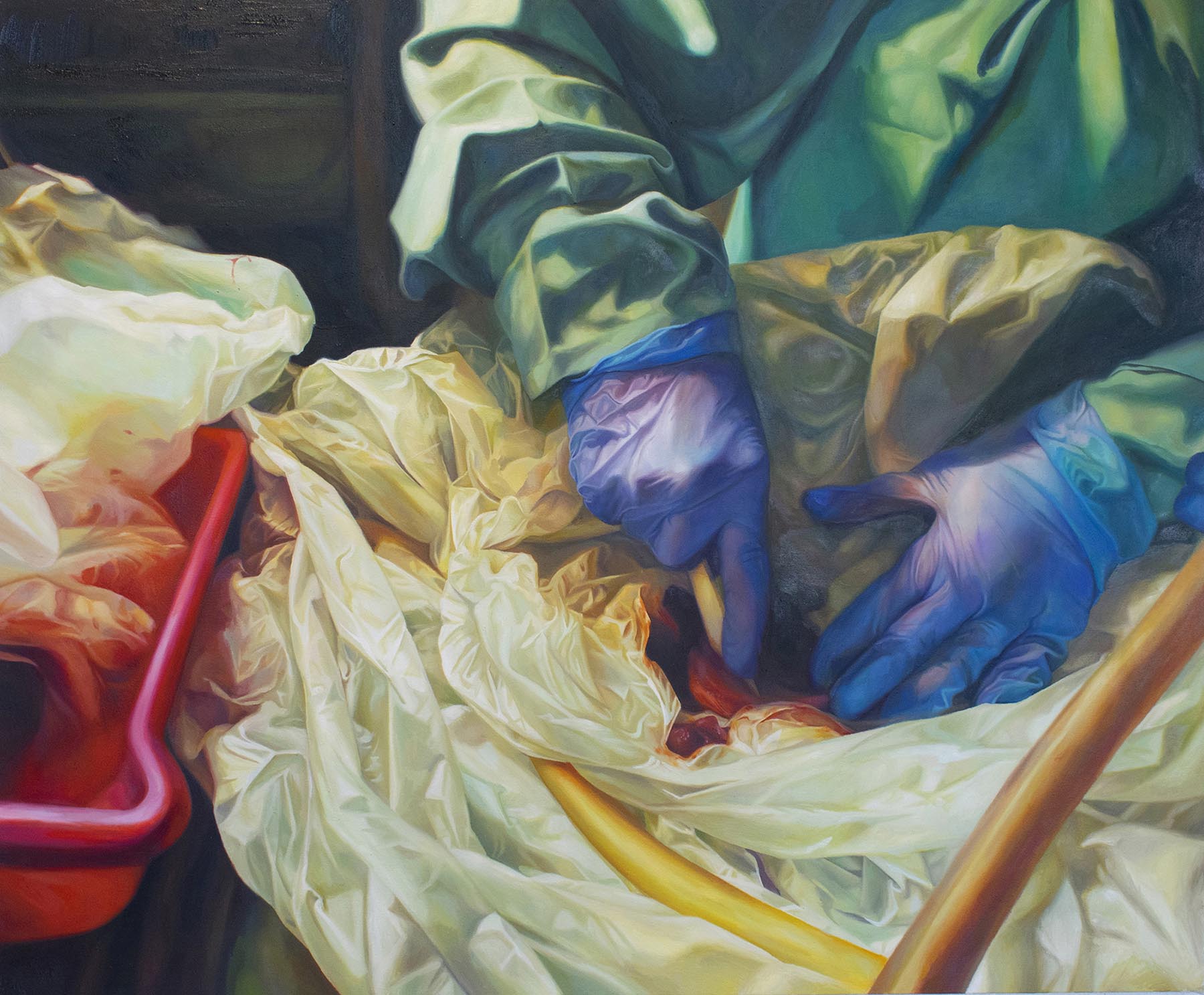
What inspired you to get started on this body of work?
I have always been fascinated by the human body. I appreciate its complex anatomical structure and how difficult it is to represent through art. The body can be beautiful, disgusting, incredible and sometimes terrifying to look at, yet it is ours, and these kinds of conflicting feelings motivate me artistically. I’m also fascinated by human-machine distictions blurring, from fantastical science fiction to real world developments in areas such as robotics, artificial intelligence and prosthetics. I’m most inspired to create new work that, in some form, reflects the flesh as being the center of all ethical concerns regarding human preservation and destruction. In my future work, I think the notion of artificiality will be a more prominent theme. In addition to using plastics and mechanical equipment, humans that are uncanny or somehow not quite “real” is something I want to explore more.
Do you work on distinct projects or do you take a broader approach to your practice?
I typically work on one piece at a time. I get into a very specific mood for each painting and approach each one differently emotionally and in terms of layering and use of color. Each work takes roughly one month to complete, but the idea for it is there months prior. I set up everything I paint from myself and work with what I can find or afford. In the near future, I would like to expand my practice and use more materials, larger scales, more complex set ups, models and props, but my current way of working is practical for where I am currently.
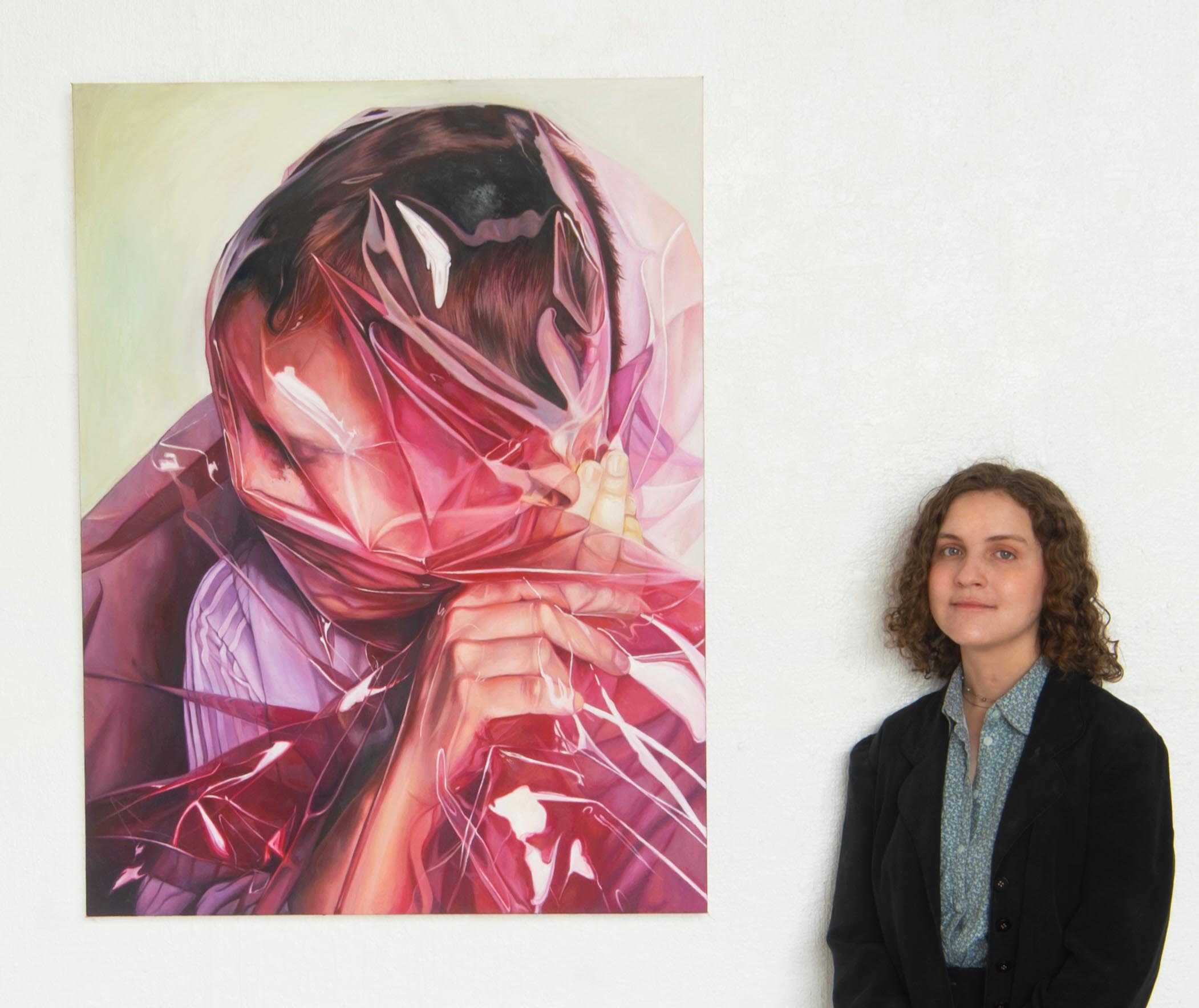
What’s a typical day like in your studio?
For me studio days can either be meditative, serious and focused work on a painting or they can be more random and unpredictable times exploring ways to construct my references. I always play music and that music really dictates my energy and the energy of each piece. To be honest, I get much more inspiration for my images from music than I do looking at artwork. I have found that being motivated and guided by music is another big part of my art practice.
Who are your favorite artists?
Right now I really like painters such as Danica Lundy, Jenny Morgan, Lola Gil, Jesse Mockrin, Wendelin Wohlgemuth, Kikyz1313, Aaron Elvis Jupin and Rae Klein. I’ve also always loved Baroque painters Artemisia Gentileschi and Michelangelo Merisi da Caravaggio.
Where do you go to discover new artists?
I have found a lot of my favorite artists on social media and in publications such as New American Paintings and the Vitamin D and P series. I’m always discovering new artists when I can attend exhibitions. Although I’m shy, I am trying to be better at attending openings to meet other artists.
Learn more about the artist by visiting the following links:







